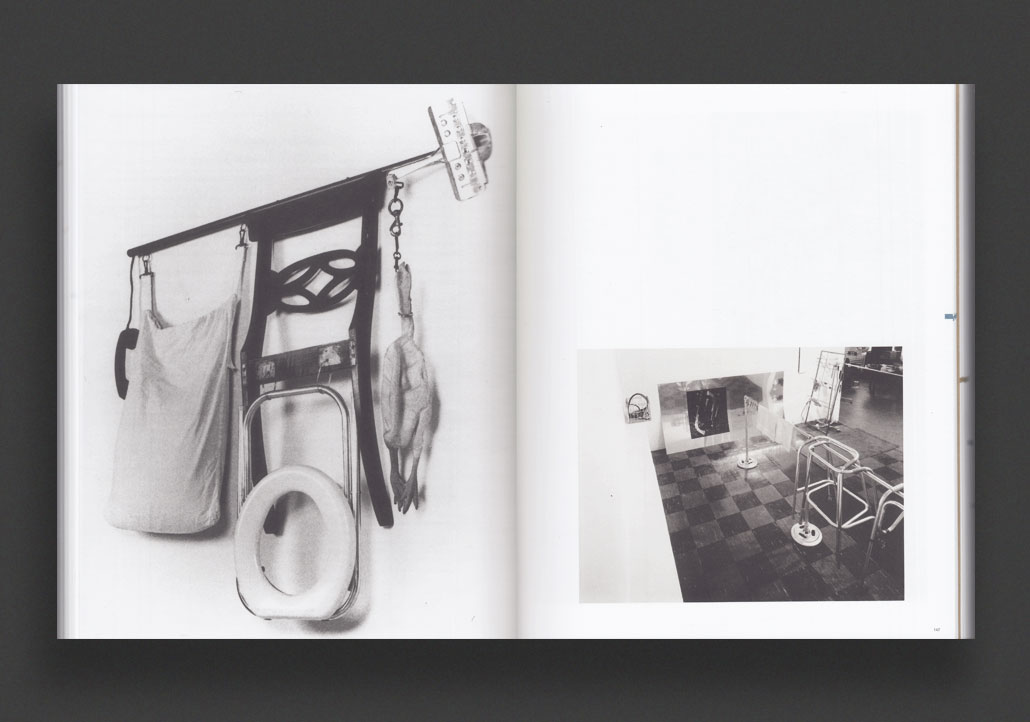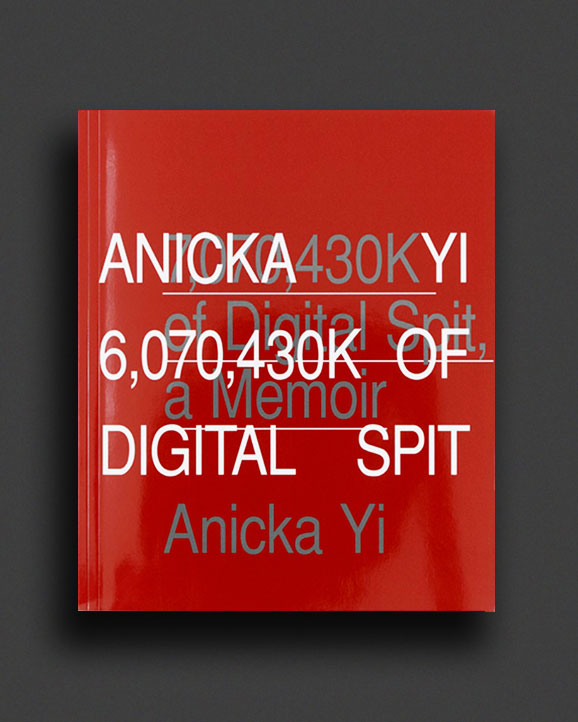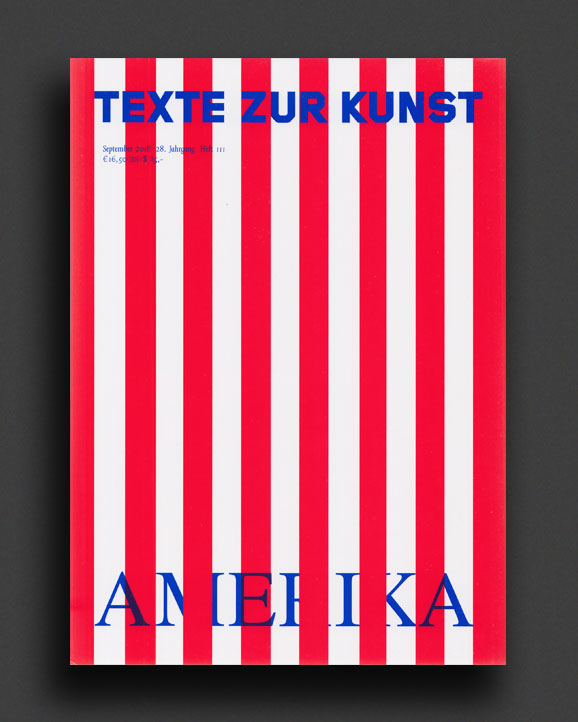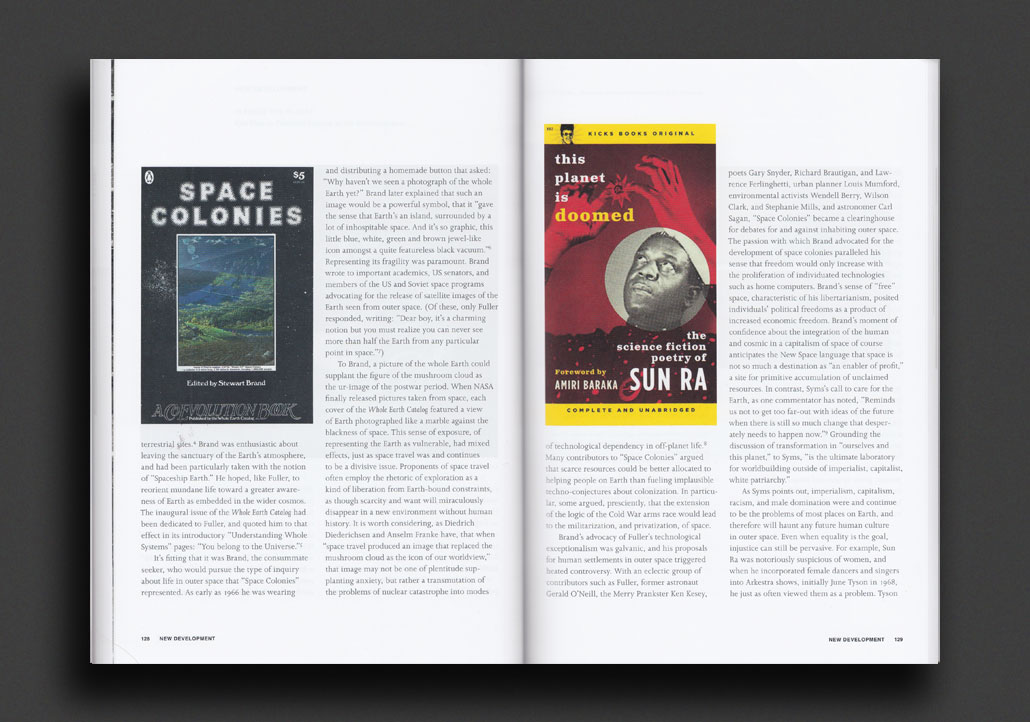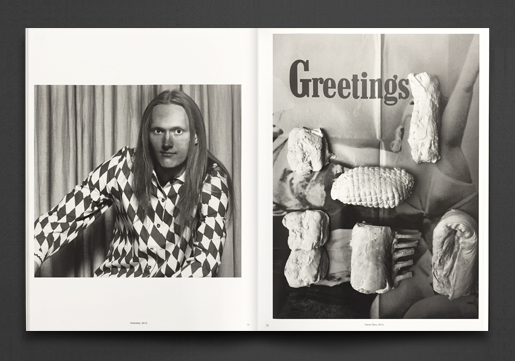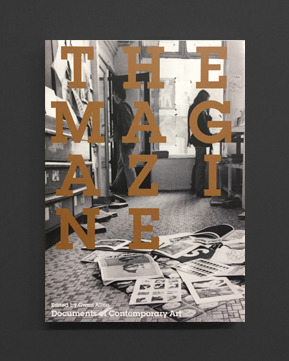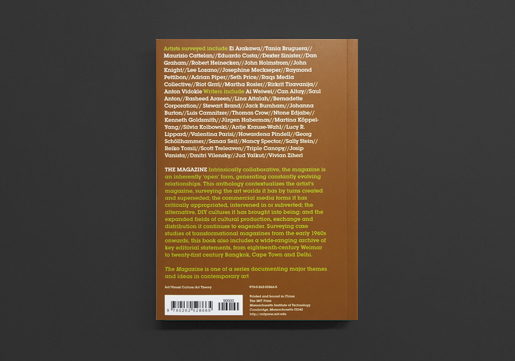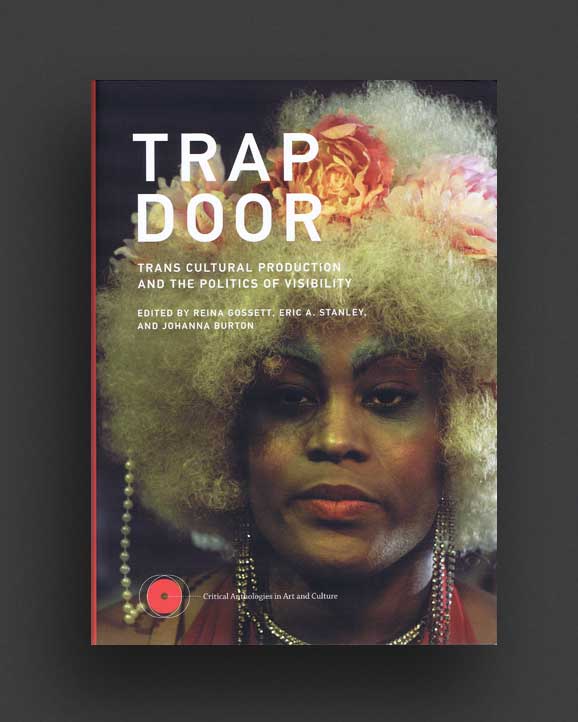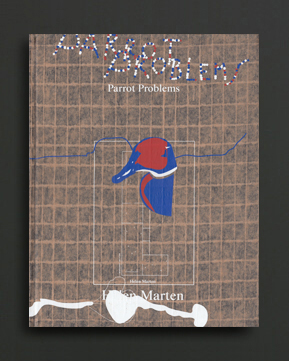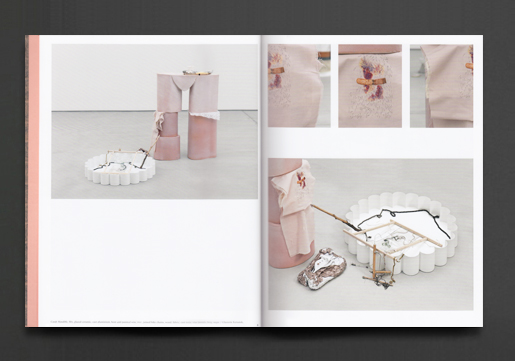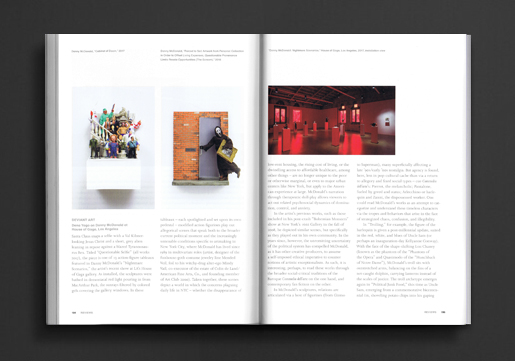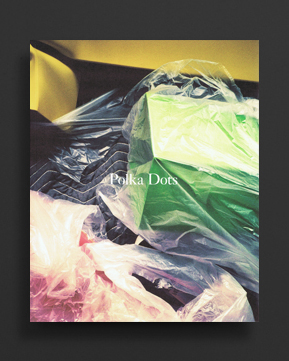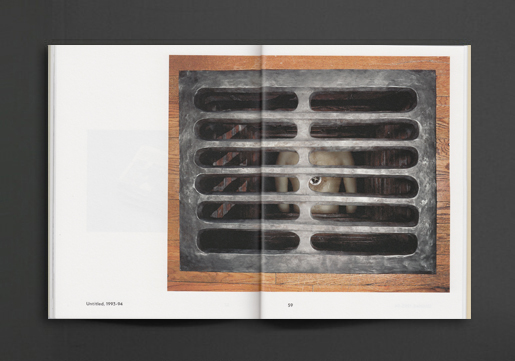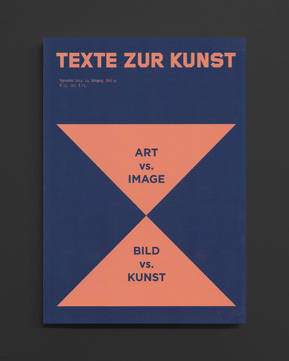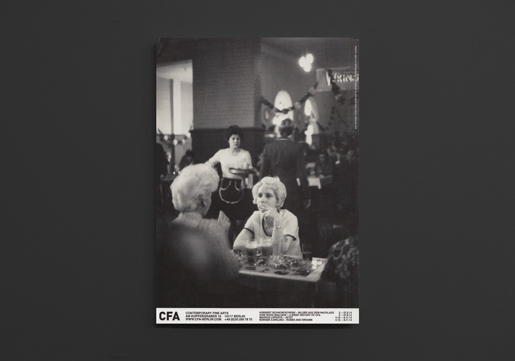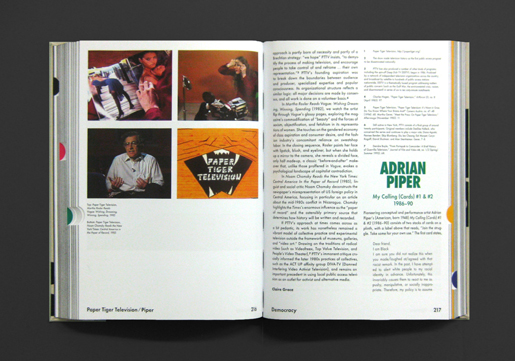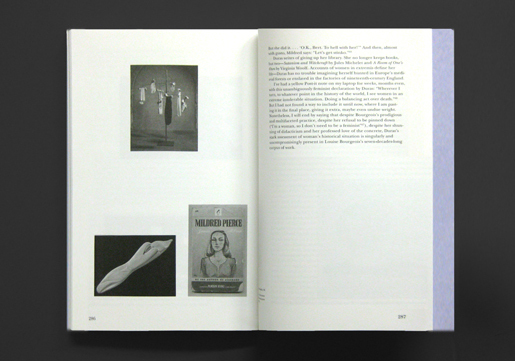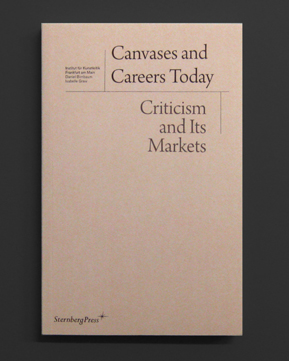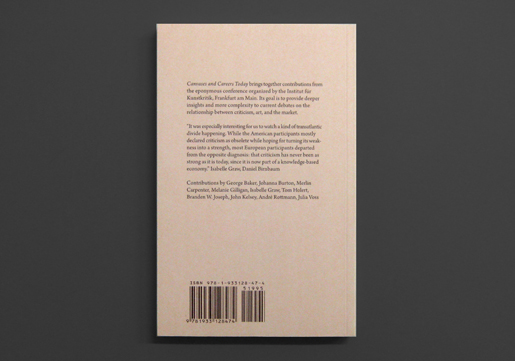(...less)
In this issue:
Lawrence Abu Hamdan, Art and Literature, Darja Bajagić, Walter Dahn, Fiction in Reality, Have We Become the Internet?, Lynn Hershman Leeson, The History of Exhibitions, Intimacy in Art, Nicholas Mangan, Park McArthur, The Multiplication of Moving Perspectives, Opening up to the Unexpected, Philippe Parreno and Paul B. Preciado, Systems Prosthetics, Time as Material, The Withdrawal of the Artist, Betty Woodman, Steina and Woody Vasulka.
Driven by the energy of art writing and artists' writing, contemporary literature seems to be consciously migrating into the art world. Some artists exist halfway between the two worlds and are evolving the most innovative characteristics of the literary canon. Brian Dillon attempts to analyze this type of writing, its practice and its potential.
Philippe Parreno and Paul B. Preciado, a philosopher, writer and activist at the helm of the Independent Studies Program of the MACBA, raise ground-breaking questions ranging from the coercion of the public by the institution to processes of disidentification from dominant sexual identities, in a conversation conducted by Hans Ulrich Obrist.
Starting in the 1990s, the history of exhibitions has taken on greater resonance in art writing. One precursor of this fundamental type of research was Bruce Altshuler, with his The Avant-Garde in Exhibition. Altshuler, Jens Hoffmann and Elena Filipovic engage in an extensive conversation on the history of exhibitions and the role artists have in organizing them.
Chus Martínez analyzes the beauty of an ecology of events of little interest for the market, but driven by an energy that might pressure the system to open to the unexpected, to balance out the impulse to guarantee results before any attempts have been made to break new ground.
The work of Lawrence Abu Hamdan reveals how the forensic linguistics applied to test the accents of political asylum applicants is often unreliable, on a par with the many audio charlatans hired to ascertain the origins of individuals. The artist discusses all this with Mihnea Mircan.
Youthful transgressions, previously fueled by romantic literature, have been transformed into desire for extreme self-assertion modeled on "first-person-shooter" video games and action movies. Ingo Niermann wonders about how it might be possible to reverse this trend, through the introduction of a positive kind of transgression.
What does it mean to be human in the light of increasingly pervasive technological developments? Omar Kholeif moderates a conversation between Constant Dullaart, Zach Blas and James Bridle, artists who have reflected at length on the impact of the integration of software and algorithms on everyday life.
Michael Wang explores the aesthetics of an art that actively engages with different systems, and the perspective of artists as they consider the objectives, limits and structure of a work that is no longer a matter of objects, but nimbly moves through the folds of these systems as energy.
A handful of artists over the last 50 years have "self-absconded" from the public eye and the social whirl of the system. Martin Herbert discreetly tracks several of them to formulate a hypothesis that reflects an increasing schism between the needs of artists and those of the art world.
Lynn Hershman Leeson's work is an incessant exploration of the nature of consciousness and its extension via technology. Kathy Noble gives an exhaustive overview of her versatile output, from the early pieces to films on identity, cloning and feminist politics featuring Tilda Swinton.
Confession in art can lead to works plagued by egocentric attitude or can bring results of genuine "alongsideness," where the social becomes visible without recourse to reconstruction. Lauren Cornell and Johanna Burton analyze works and artists that have been able to make critical use of intimacy.
Nice to Meet You:
The theme of access and the tensions involved in its possibility are the fulcrum of Park McArthur's production and the focus of this interview with Daniel S. Palmer.
Natalia Sielewicz talks to Darja Bajagić whose work recontextualizes saucy images seen as stereotypes by Western eyes, granting them a sort of liberating ambiguity.
Steina and Woody Vasulka are leading exponents of the video experimentation that began in the late 1960s. Elyse Mallouk analyzes their works from various decades in the light of our growing relationship with the inorganic systems that nurture our relationships of feedback.
Joan Jonas, Ken Okiishi, Jennifer West, and Lucy Raven meet on the common ground of work located at the intersection between visual arts, moving image and performance. In a conversation introduced and moderated by Filipa Ramos they share their ideas and discuss their practice and its relation to time, history, popular culture, theater and narrative.
Australian artist Nicholas Mangan talks to Mariana Cánepa Luna about his work that investigates the troubled relationship between man and the natural environment, and analyzes contexts and objects capable of freeing up narratives that take stock of reality.
Andrew Berardini visits the big clay-dusted studio-vase of Betty Woodman. Her chubby ceramic odalisques, with their alluring forms, covered with fragments of precious stones, embroideries and miniatures, tug him into a grand theater of forms and colors, wild things and aquatic creatures.
Walter Dahn indicated a path for art after conceptualism with his new way of thinking about painting. Daniel Schreiber met with the artist in his home in Cologne to talk about the artist's story and recent works, a series of silkscreens linked to the revolutionary power of music.
After the linear perspective of the Renaissance, new perspectives have been explored, starting with chronophotography and the overturning of vertical or bird's-eye perspective. Jennifer Allen investigates these various perspectives in relation to a number of contemporary artists who have reached multiple, mobile and fragmented visions.
The Artist as Curator
Issue #6 an insert in Mousse Magazine #47
Mel Bochner, Working Drawings And Other Visible Things On Paper Not Necessarily Meant To Be Viewed As Art, 1966
Hank Bull, Shen Fan, Zhou Tiehai, Shi Yong, and Ding Yi, Let's Talk About Money: Shanghai First International Fax Art Exhibition, 1966
File under:
Betty Woodman
Constant Dullaart
Darja Bajagić
James Bridle
Jennifer West
Joan Jonas
Ken Okiishi
Lawrence Abu Hamdan
Lucy Raven
Lynn Hershman Leeson
Nicholas Mangan
Park McArthur
Philippe Parreno
Walter Dahn
Zach Blas
Chus Martínez
Daniel S. Palmer
Hans Ulrich Obrist
Jens Hoffmann
Johanna Burton
Lauren Cornell
Mariana Cánepa Luna
Natalia Sielewicz
Mousse Publishing / Milan
Art
Periodicals
Photography
Theory / Essay
SALE





















































































































































